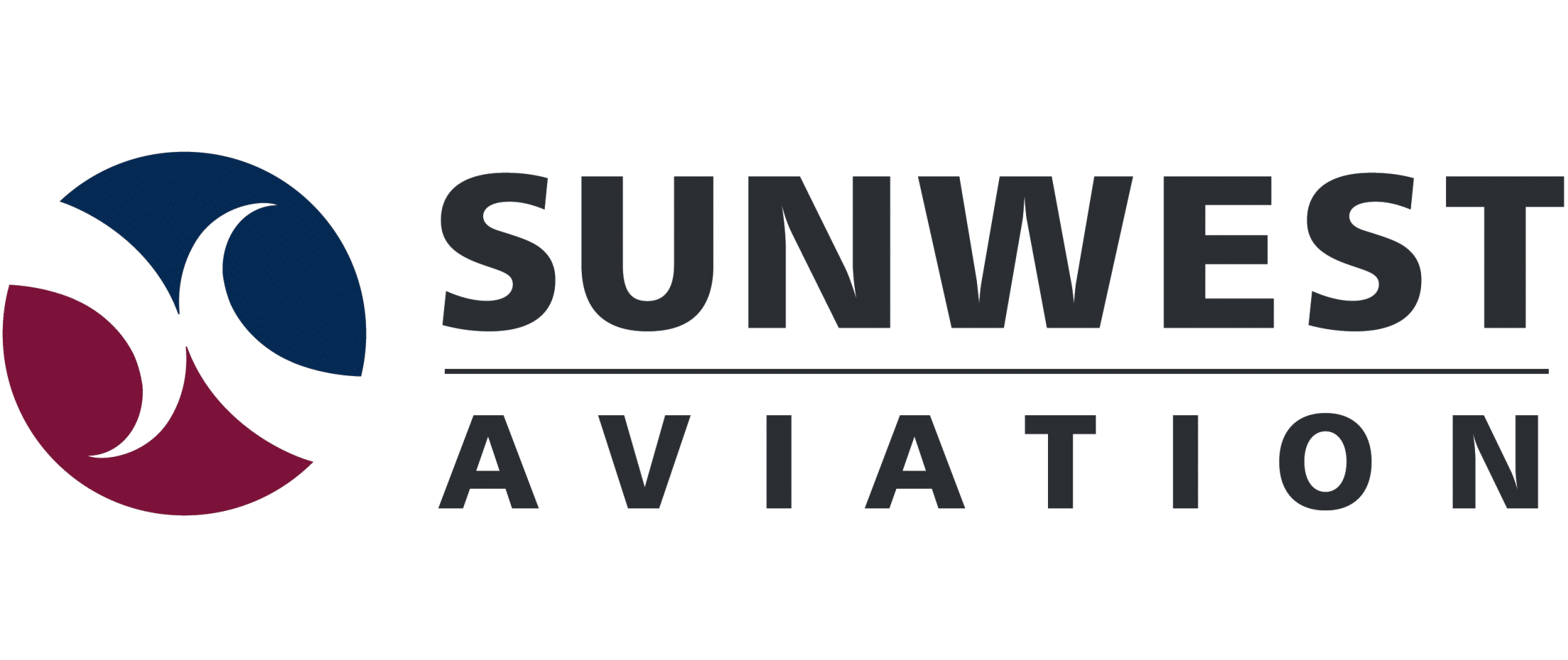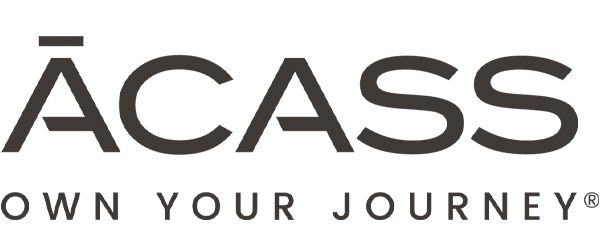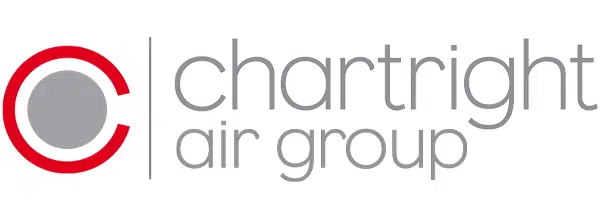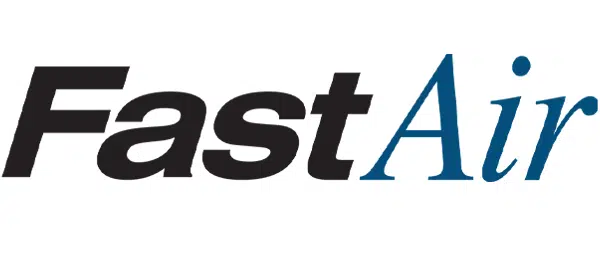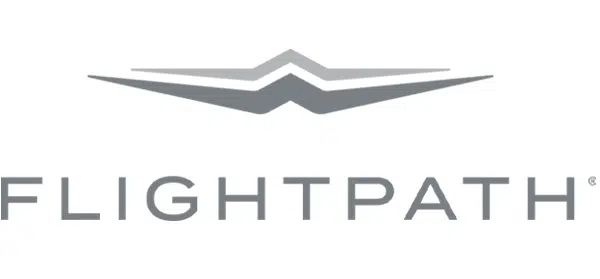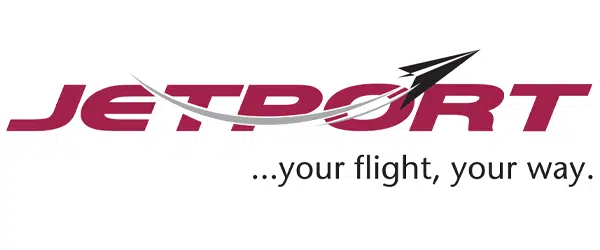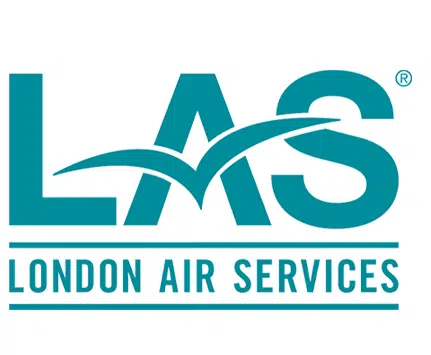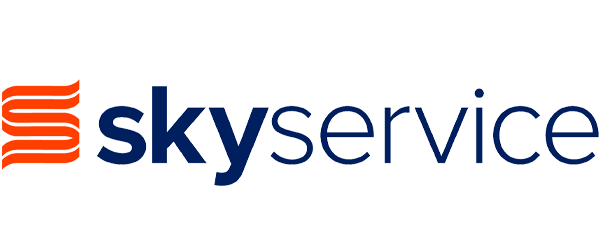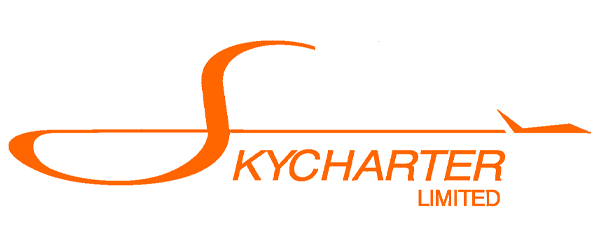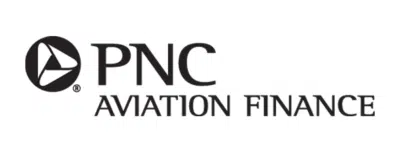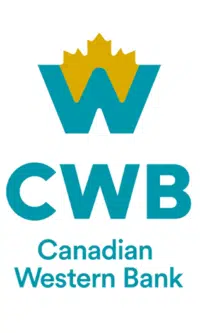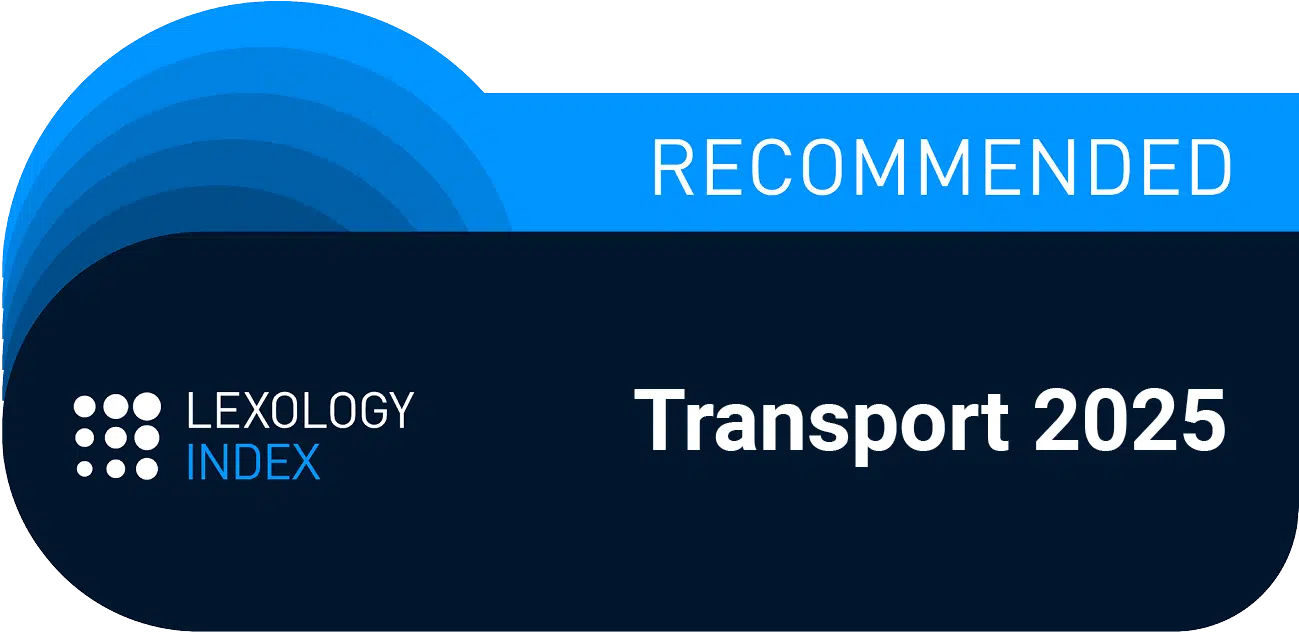Understanding IDERA in Canadian Aviation: A Guide to Aircraft Leasing and Financing
What is an IDERA?
IDERA, or Irrevocable Deregistration and Export Request Authorization, is a pivotal tool under Canadian Aviation Regulations and aviation law, particularly in the context of aircraft leasing and aircraft financing in Canada. This instrument was introduced as a remedy under Article XIII of the Aircraft Protocol to the Cape Town Convention, 2001 for the benefit of the aircraft lenders within the Canadian Aircraft Registry and broader Canadian Civil Aircraft Register. In simple terms, possession of IDERA allows an aircraft lender to de-register an aircraft from the civil aircraft registry in which it is registered. This is an important first step in any effort to repossess an aircraft and export it in case of any default by the borrower in the aircraft financing transaction. The Cape Town Convention (and the remedies it provides for including IDERA) apply to aircraft, airframes, aircraft engines, and helicopters provided that:
- Airframes can transport at least 8 persons or goods in excess of 2750 kilograms.
- Helicopters can transport at least 5 persons or goods in excess of 2750 kilograms.
- Aircraft engines have at least 1750 ln of thrust.
History
The concept of IDERA originated in response to the complex nature of aircraft financing and aircraft leasing transactions within the Canadian aviation industry. Historically, aircraft lenders and aircraft lessors faced challenges in repossessing and exporting aircraft in the event of default by their borrowers or lessees. With a patchwork of approaches by each country, there was no uniform acknowledgment or even obligation on the part of civil aircraft registries, including under the Canadian Civil Aircraft Register, to timely process a deregistration request by an aircraft lender or lessor. Even today, uniformity in time duration for a state to respond to an aircraft lender’s request to execute on an IDERA and have an aircraft deregistered and exported varies from state to state. In any case, the IDERA emerged as a uniform legal solution to streamline this process globally, including under the Canadian aviation regulatory scheme, providing a standardized framework for granting irrevocable authorization to deregister and export an aircraft in aircraft leasing and aircraft financing defaults across Canada.
Purpose
The primary purpose of IDERA, under the Canadian Aviation Regulations and aviation law, is to provide a secure and expedited process for the repossession and export of aircraft in cases of default or termination of lease agreements. By obtaining the registered aircraft owner’s irrevocable consent in advance, lenders and lessors gain a valuable tool to reclaim and export the aircraft without facing legal impediments or delays. This practice provides self-help remedies to lenders and lessors compared to weaker legal instruments such as power of attorney which were used before the creation of the IDERA. The IDERA also prevents any changes to the aircraft registration within the Canadian Civil Aircraft Register, including changes to the registered owner’s identity. Practically speaking, this means that before any aircraft borrower, lessee or registered owner does any dealings with an aircraft, they must first obtain the consent of the aircraft lender or holder of the IDERA (known as the authorized party), aligning with the Cape Town Convention and reinforcing the regulatory framework of Canadian aviation regulation.
Steps to Execute an IDERA?
- The IDERA requirement is typically incorporated into an aircraft finance agreement or aircraft lease agreement. There’s no requirement under Canadian aviation regulations to issue an IDERA. Instead, the aircraft borrowers and aircraft lessees agree to provide (or cause to be provided) an IDERA as part of the transaction to the benefit of the aircraft lender or aircraft lessor.
- In the event of a default by the aircraft borrower or aircraft lessee, the aircraft lender or aircraft lessor can invoke the IDERA and initiate the process of repossessing the aircraft.
- The lender or lessor can request the deregistration of the aircraft from the relevant civil aviation aircraft registry, citing the possession of IDERA as the sole legal basis.
- Simultaneously, the aircraft lender or aircraft lessor may seek export authorization, facilitating the smooth transition of the aircraft across borders between civil aircraft registries.
Benefits
IDERA delivers 4 main benefits:
- Legal certainty for aircraft lenders and lessors by establishing a standardized and internationally recognized mechanism for such aircraft lenders and lessors to repossess and export an aircraft.
- Efficiency by streamlining the process which has reduced time and resources required for repossession, minimizing financial losses for lenders and lessors by allowing them to more quickly dispense with the asset and then after dealing with any financial disputes with their borrowers. This is particularly important where the ongoing costs of maintaining aircraft in an airworthy condition could compound into significant sums.
- Global recognition of IDERA provides consistency and predictability in cross-border transactions.
- In the context of the Canadian aviation landscape, any changes to the aircraft registration by a registered owner, aircraft borrower, or aircraft lessee will require the approval and consent of the IDERA holder, in advance.

Current Issues
Despite the significance of IDERA within Canadian aviation regulations and aircraft leasing, it is not without challenges. One notable concern is the potential for misuse or disputes between parties involved in the transaction. Ambiguities in language or unforeseen circumstances may lead to legal conflicts, impacting the effectiveness of the IDERA in certain cases. Continuous efforts are needed to address these challenges and refine the aviation law framework to ensure the smooth functioning of IDERA in various global contexts. In Canada, lenders and lessors may require an IDERA on an aircraft that does not fall within the scope of the Convention. TC on several occasions has accepted such IDERAs on such aircraft without making any determination on its enforceability. Several management companies have initiated this practice which lacks legal basis and is likely to fail if contested in Canadian courts. In general, acceptance and acknowledgment of the IDERA by TC does not indicate and should not be relied upon for confirmation that the document would be effective for use, under Canadian aviation law.
Conclusion
The IDERA stands as a critical legal instrument in the complex and global landscape of aircraft financing and leasing. Its evolution within the framework of the Cape Town Convention has provided a standardized and efficient mechanism for aircraft lenders and lessors to navigate the repossession and export process. While facing ongoing challenges, the benefits of IDERA in terms of legal clarity, efficiency, and risk mitigation underscore its importance in advancing the stability and global reach of the aviation industry. As the global aviation landscape evolves, the industry must remain vigilant in addressing current issues and refining the mechanisms that underpin the efficacy of IDERA. Such issues for future contemplation could include processes whereby the IDERA’s are either publicly available or kept in filings with the International Registry, ensuring alignment with Canadian aviation regulations, Canadian aviation law, and aviation law globally.
- Negotiability of APU
- Navigating Spare Parts in Aircraft Purchase Agreements
- MSP Agreements in Aircraft Purchase Transactions










